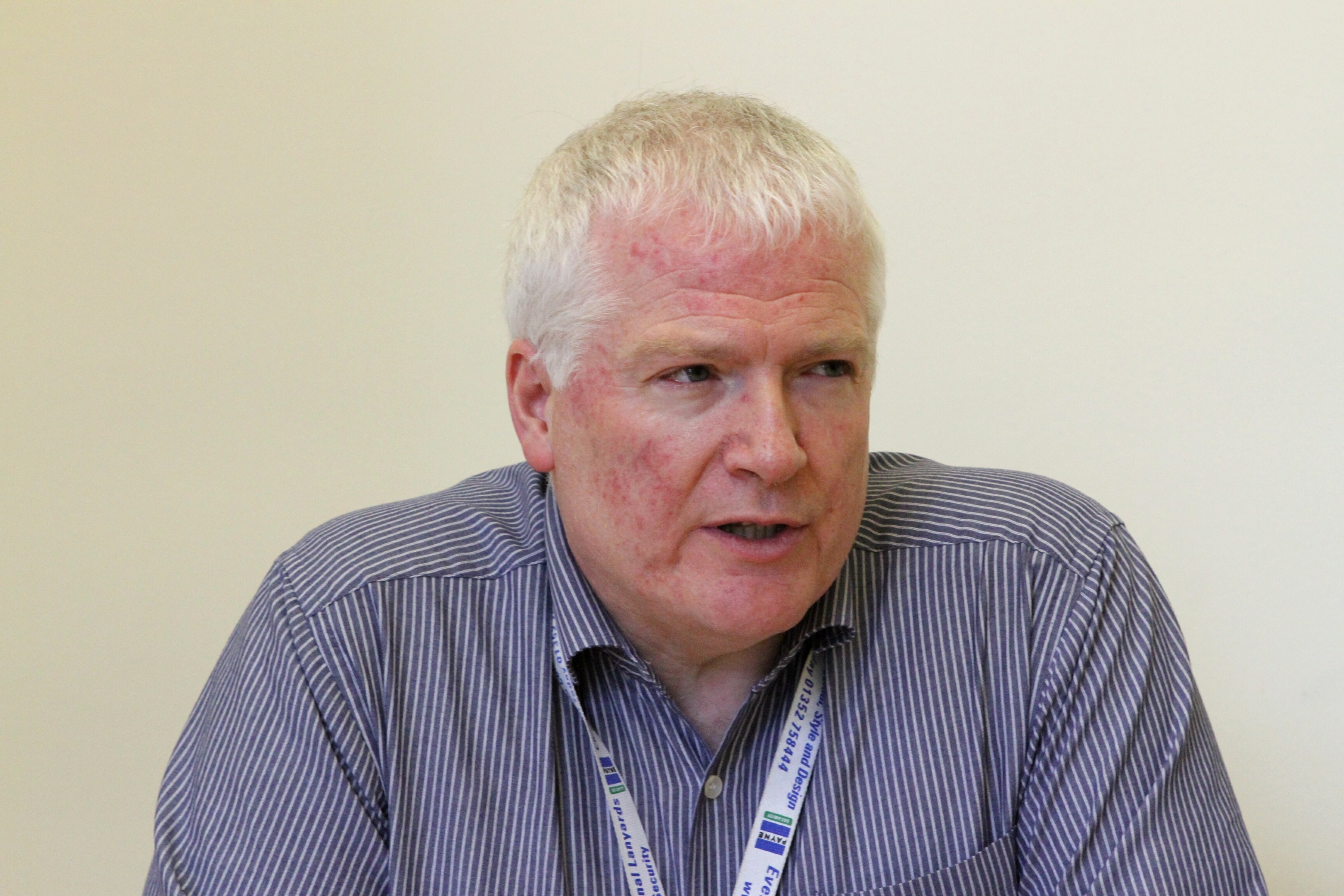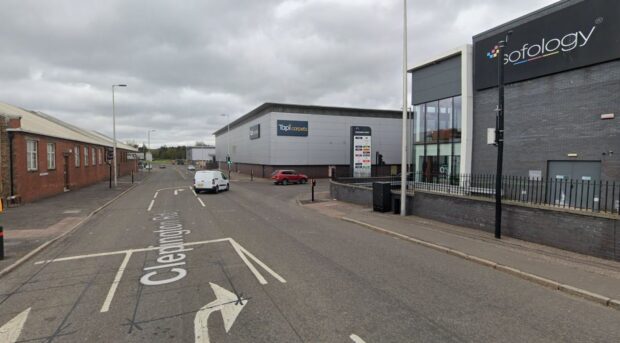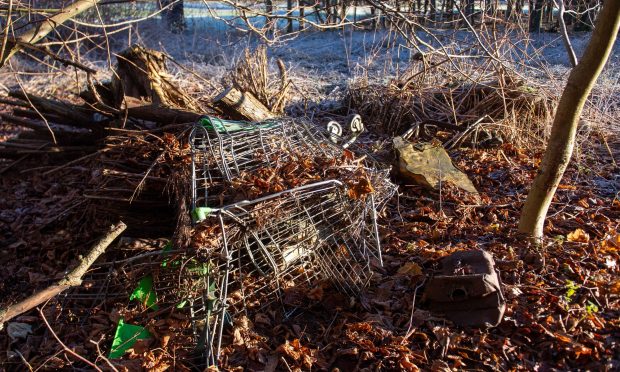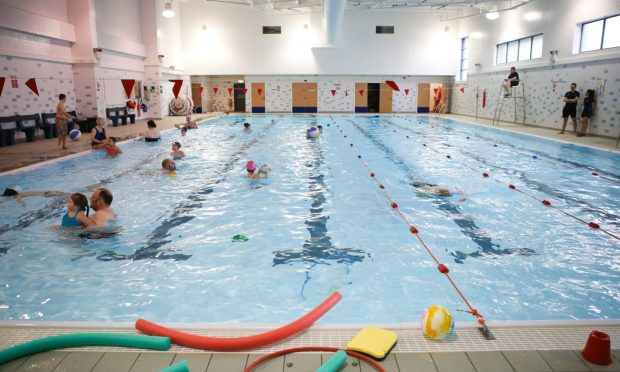Dundee’s head of secondary education Paul Clancy has backed The Courier’s Can It campaign.
The education chief said the campaign, which is seeking to outlaw high-caffeine energy drinks from high schools across Courier Country, had his full support.
However, he said a complete ban was not on the cards at present.
He said: “We would be very much behind your campaign – it is very important.
There is no doubt the evidence is very clear that those kind of beverages are not good for young people or anyone, unless it is under medical advice. We don’t think young people should be consuming them.
“Although it is anecdotal, when young people drink these, it might mean they aren’t in the best position to learn either. We are certainly backing the campaign.
“We speak with the head teachers regularly about these issues. We will be discussing it with them into the new session.
“We don’t want to see young people with these drinks in school.”
The next such discussions would be held in the next school session, which begins in August.
Mr Clancy added: “Everyone has a role to play here to ensure young people don’t have access to these drinks. I think the reason The Courier campaign is so good is it covers all quarters.
“Our view is if we are going to make a difference, trying to ban them from school won’t be enough. There has to be a shared responsibility from across the community.”
While he didn’t explicitly rule out schools making their own decisions about how to tackle the issue, Mr Clancy suggested that a city-wide approach may be more effective.
“I think it’s important we give each school some autonomy,” he said.
“However, sometimes it is much easier for schools to act jointly as the schools are very close to each other. Headteachers will think a decision like this may be easier to do together.”
The campaign has gained momentum in recent days, including backing from first minister Nicola Sturgeon.










